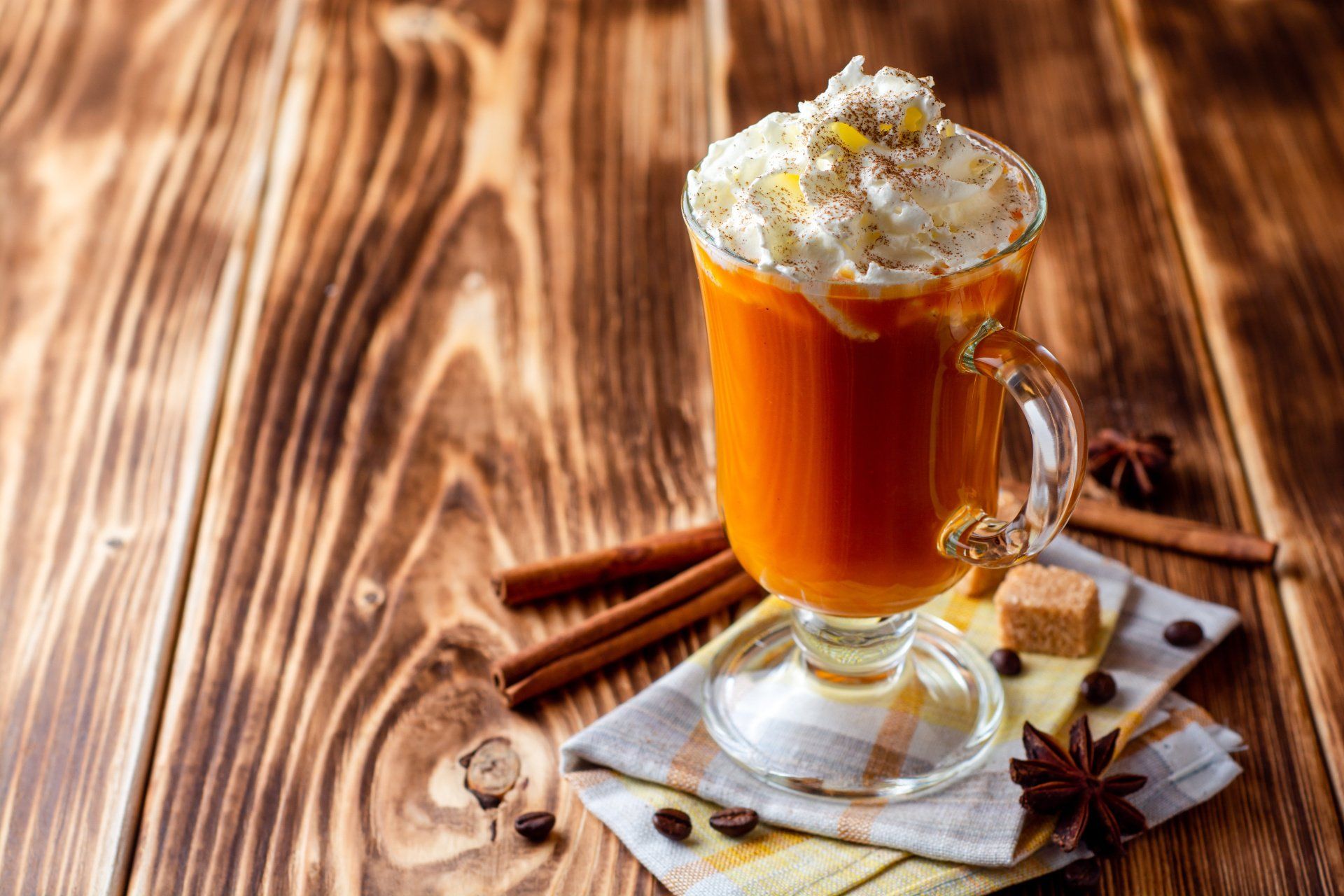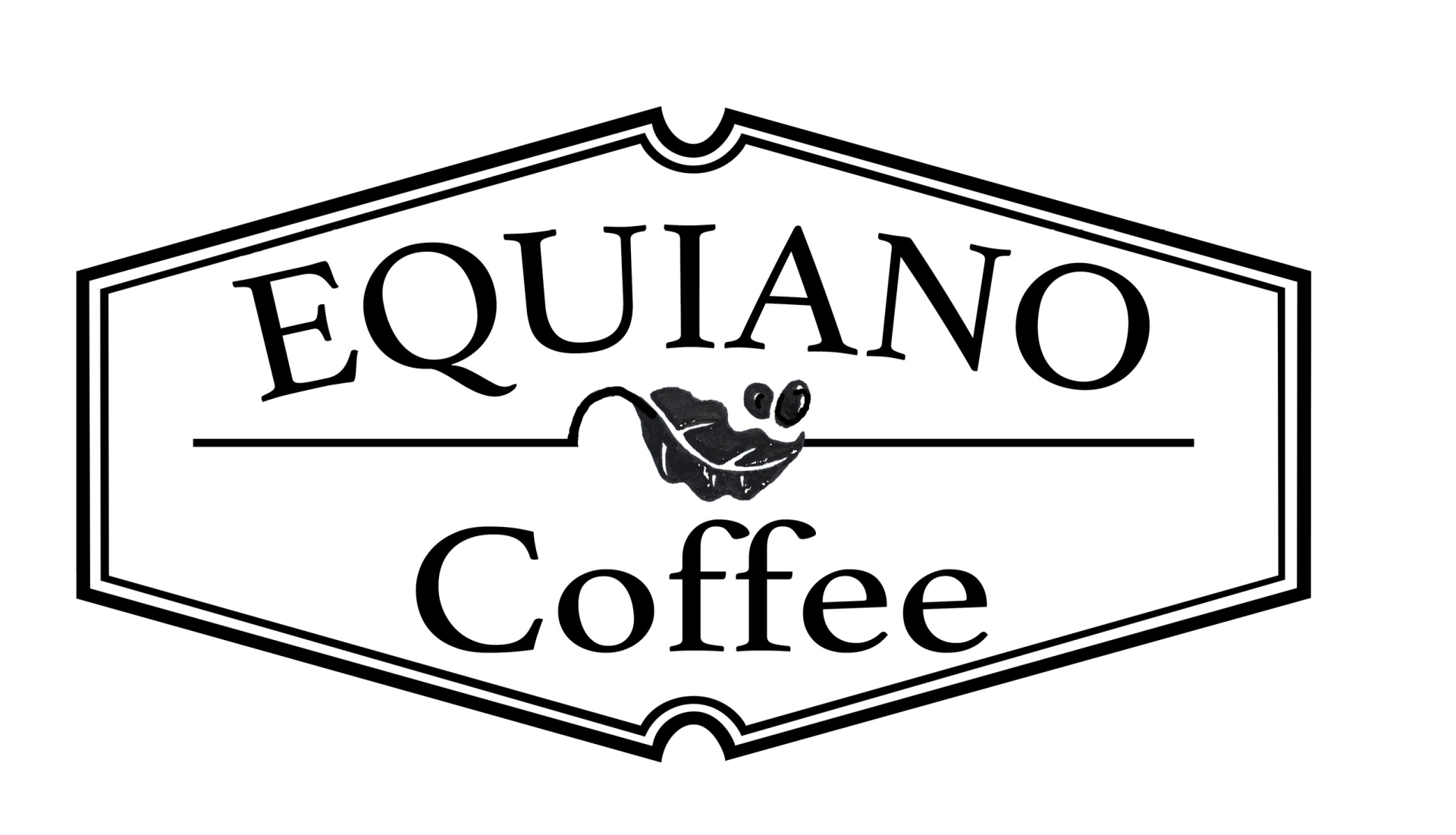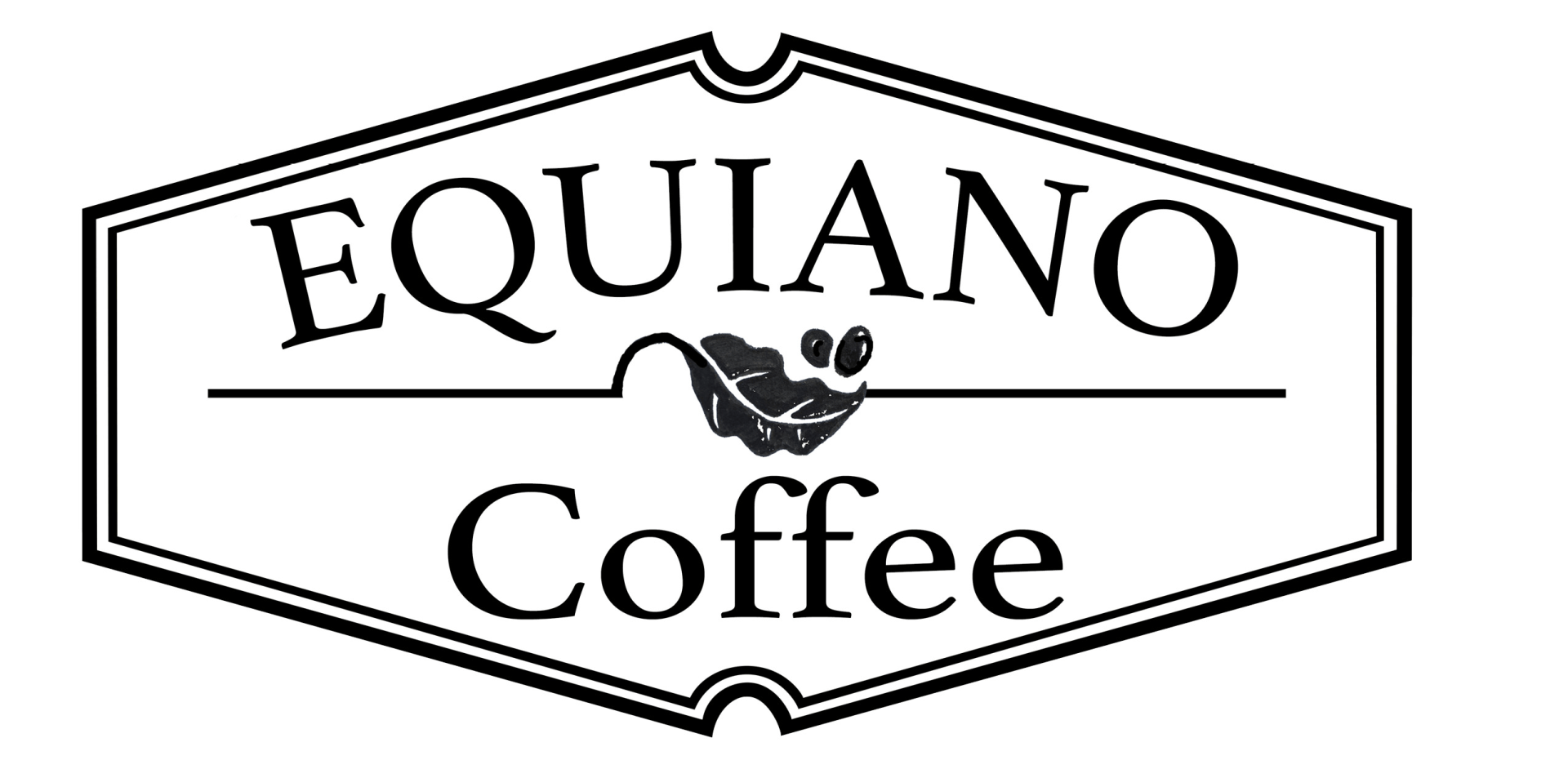What Is Specialty Coffee, Really? Pt.3
Welcome back to the last installment of our 3 part blog series in which we explore the world of specialty coffee and how “specialty-grade coffee” differs from the more common “commodity” or “commercial” coffees that we find at most coffee shops, restaurants, and grocery stores.

In this, our final installment, we’re going to get into the fun stuff. First, we’ll recap the main points that we’ve explored in our quest to understand what differentiates specialty-grade coffees from the run-of-the-mill commercial coffees most of us are accustomed to drinking.
Next, we’ll look at some fun ways that we can begin to develop our palates and our vocabulary for articulating those nuanced aromas and flavors found in the best specialty coffees.
Finally, we’ll break down the simple process of tasting coffees so that we can really enjoy all that specialty-grade coffee has to offer.
Hitting Those Sweet Notes
Some of the key components of specialty-grade coffee that we’ve discussed in our two previous blogs include:
- Much greater care is taken in the growing, processing, handling and roasting of specialty coffee throughout the coffee supply chain, from farm to cup, than it is when processing and handling lower grade commercial coffees.
- Specific, measurable standards are employed by farmers, coffee buyers, coffee roasters and Baristas in the handling of specialty-grade coffees.
- One of the key components of specialty-grade coffees that distinguishes it from the more common, lower grade specialty coffees is its highly sought-after sweet, acidic flavor characteristics.
- Single origin varietal coffees allow us to taste, identify, articulate and enjoy the unique range of flavors inherent in each type of coffee bean, whereas blends of coffees, common in the coffee industry and most espresso bars & coffee houses, tend to mute the individual characteristics of each type of bean.
Your Coffee Journey
Coffee can, and should, add to the quality and enjoyment of our daily lives. Countless numbers of us start our day off with a cup or three of this remarkable brew. For many of us, coffee is a daily ritual that gives us time to assimilate to the world and the day ahead. Warm and satisfying, our morning cup of coffee can be a time of contemplation or even meditation.
From the coffee we choose to buy, to the way we prepare it, and even the way we drink it holds much meaning for us and can reflect the quality of our lives as a whole. Coffee is one of those few things that can melt barriers and transcend social and financial gaps among the coffee lovers who drink it. Whatever our life circumstances happen to be, we can usually find the time and the means to enjoy this small but meaningful pleasure.

Coffee can give us the opportunity to enjoy the best that life has to offer, if even in just a small way for a few fleeting moments. I always seek out the most delicious and fulfilling coffee experience that I can, wherever I may be on any given day. For me, the wide range of flavorful coffees to explore at the Equiano Coffee tasting room has given me the opportunity to grow in my knowledge, understanding, and enjoyment of my daily cup. Here’s an interesting little article from The Atlantic on how the five senses play into our coffee drinking experience.
Yes, my tastes have changed as I’ve had the opportunity to experience new types of coffees from many different growing regions around the world. The vast knowledge that Okon, Equiano’s roast master shares with me and the wonderful people I encounter at the tasting room is an important part of that experience.
From a rotating selection of espressos and drip-brewed house coffee to a wide range of choices for a single cup of pour-over brewed coffee to tasting flights of three coffees side-by-side, the tasting room offers unique and delicious options for coffee lovers of all tastes to enjoy some of the best coffees in Eugene.
If brewing your morning coffee in the comfort of home is your cup of tea (so to speak), you can even purchase a complete pour-over coffee brewing equipment set up so that you can duplicate the same quality of brew you receive at the tasting room!
Good Taste: Developing Your Palate
Developing your sensory acuity to the point that you can smell, taste, and really enjoy the many subtle and distinct flavors within a particular varietal of coffee takes both attention and practice. Think of your taste buds and smell receptors as muscles. Muscles have to be exercised regularly and properly in order to eventually build the strength and coordination to perform the desired tasks.
We’ll give you some fun and flavorful exercises you can do on your own or with friends to help you build those coffee-tasting muscles! Let’s start with food and drink tastings. Several years ago, I visited a number of groceries throughout Eugene and picked out 13 different varieties of apples and took them home as a tasting exercise. I sliced each apple and laid them out on a platter. Next, I listed their names in the same order with space to takes notes on each. I also had a bottle of carbonated water on hand to sip on between apples to help clear & reset my palate before tasting the next varietal. It turned out to be more fun and educational than I had expected. The different and varying flavors and textures of the apples were absolutely amazing!
One varietal of apple had the flavor and texture of Jicama. Another apple, a “Green Dragon” varietal, tasted like a caramel apple! I was blown away. I only made it through 9 of the 13 apple samples I had prepared because my palate burnt out from sensory overload. I had come to a point where my tongue tasted like one big electrified apple, making flavors indistinguishable.
Most of us are familiar with wine tastings, and if you remember the 90’s you might be familiar with cigar “smokes” where you get to try a hand-rolled cigar or two rolled from different tobaccos along with a well-paired, multi-course meal prepared by a Chef. More recently, I’ve delved into buying craft beer flights to taste characteristics of different types of beers from different brewers. I highly recommend any of these avenues to help you begin to explore the world of flavors available for you to discover and expand your tasting range.
Coffee Doesn’t Have To Be Complicated
You don’t have to make an event out of tastings. Chocolate is a great place to start your palate development journey. Chocolate is one of those foods that I taste individually over time. I’ve never sat down with a plate of different chocolates to taste them side-by-side. Instead, I’ll buy one type of chocolate and nibble on it over time, sometimes by itself and sometimes paired with a good cup of black coffee. Easy, simple, inexpensive.
By the way, chocolate mimics coffee in many respects, which makes it really useful in helping to develop your taste for coffee. Cocoa beans are grown on shrubs, on farms, and in the same types of climates where coffee is grown. Many coffee farmers will grow cocoa and bananas in between their coffee trees to provide shade for their coffee trees and to financially help supplement their coffee sales. You can sometimes find similar flavor profiles in both chocolates and coffees of a single varietal.
It can be helpful to have a “flavor wheel” in front of you to refer to when tasting foods and drinks. You can find chocolate , beer, wine, and coffee flavor wheels online.
Another indispensable resource for developing your coffee palate is World Coffee Research’s new Sensory Lexicon which you can download here for free ! WCR’s Sensory Lexicon lists over 100 different and distinct flavors found in various coffees around the world and gives exercises that you can do at home to train your palate to recognize each when you taste them, as well as give a common vocabulary which we can all use to communicate with each other about those flavor characteristics.

Coffee Tasting Like A Pro
Finally, let’s get to the coffee! Coffee tasting is a pretty simple and straightforward process. There are several components to tasting coffee.
- Aroma
- Acidity/Sweetness
- Body
- Flavor
- Finish
Your sense of smell plays a big part in your ability to taste the flavors of both food and drinks. My sister wasn’t able to taste the foods she ate for many years due to polyps that formed inside her nostrils, cutting off her sense of smell.
Aroma
Aroma is a collaborative effort between your small receptors and taste buds. Aroma also gives us our “introduction” and first clues to what something is going to taste like before it ever touches our tongues. Specialty coffee professionals will always put their nose down close to the brew they’re about to taste and sniff in the aroma of the coffee before they slurp it up across their tongue. This is the first step in coffee tasting.
Acidity
As we’ve pinpointed before, the acidic or sweet quality in coffee is perhaps the key factor that professional coffee tasters look for in a high-quality, specialty-grade coffee. Here, we’re speaking of acidity as a flavor characteristic more than the chemical quality that can make your stomach hurt from some coffees. In terms of flavor, acidity can refer to bright, astringent, fruity, citrusy, green tea-like or winey characteristics.
Body
Body refers to the particular way the coffee “feels” in your mouth and is often referred to as the “mouthfeel.” Some coffees can feel light and clean on one end of the spectrum and feel more thick and creamy on the other end.
Flavor
Flavor is the general characteristic of a coffee’s flavor. For instance, at Equiano Coffee Company, our specialty, or aim, is to source, roast and serve coffees that fit within 3 of our favorite flavor profiles, Chocolatey, Fruity, and Sweet.
Some roast coffees are more earthy or have more pronounced cocoa profiles, while others may have a more nut-like flavor profile. Still, others may be sweeter and tangy on the tongue.
Finish
The “Finish” refers to the aftertaste or the residual feeling & lingering flavor left in the mouth and on the tongue after you swallow your coffee. This can be a telltale sign as to the overall quality of the coffee and can ultimately be the deciding factor as to whether a coffee is truly going to be enjoyable in the end. Those coffees that leave a wonderful aftertaste in my mouth can prolong that euphoria from a delicious and satisfying cup of coffee long after I’ve finished the cup and moved on with my day.
Check out this short article to learn a little more about the coffee tasting process. You can also revisit part 1 and part 2 of this blog series on specialty-grade coffee.

Come down to the Equiano Coffee tasting room and taste some of these flavorful and exotic single varietal coffees for yourself. Order a single cup pour-over of any of the coffees we have on the shelf or taste a flight of 3 coffees side-by-side. Or order one of our delicious small farm specialty coffees from our website , and we’ll ship it straight to your home. And don’t forget to enjoy your palate development journey through the world of delicious, specialty-grade coffees. Cheers!











